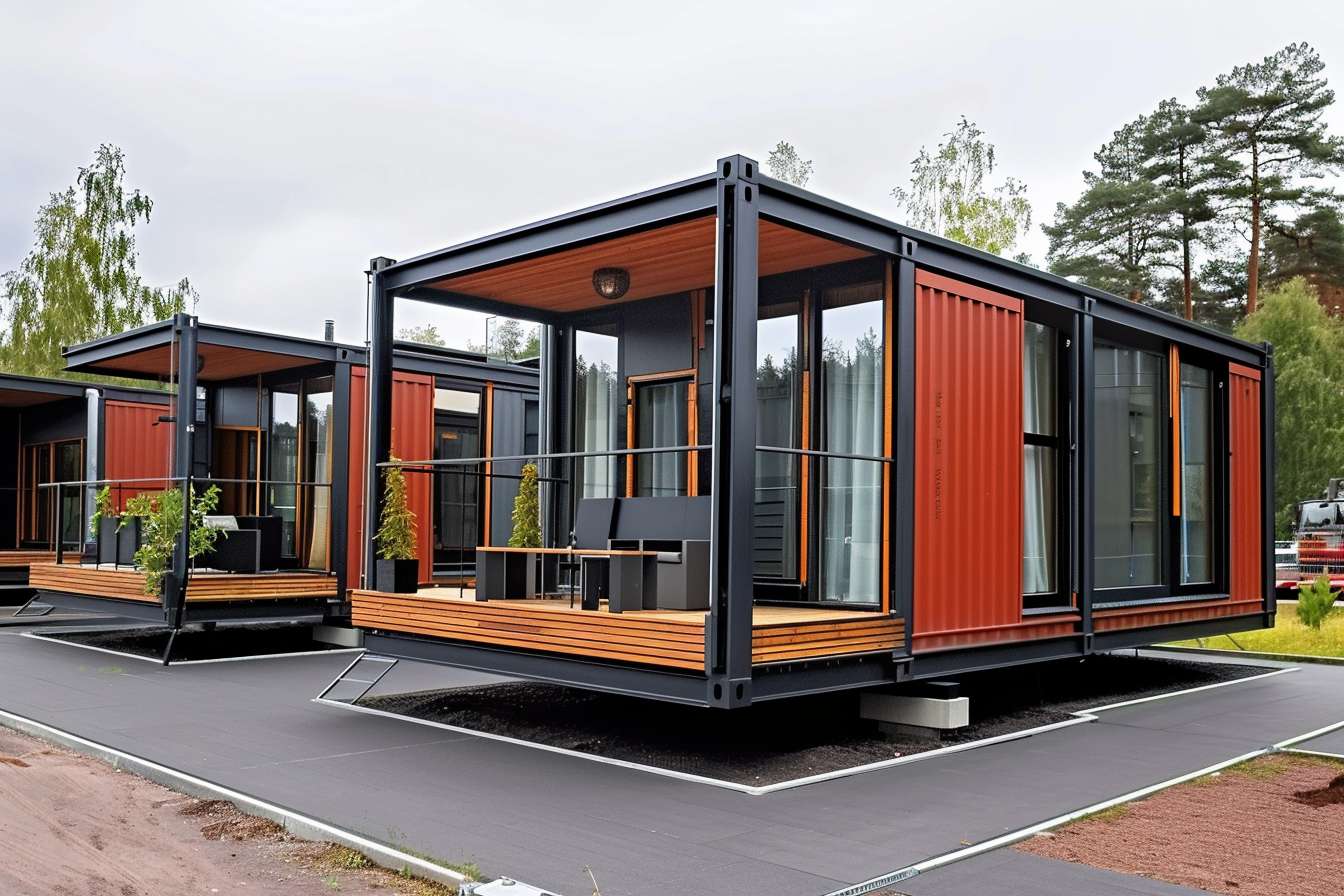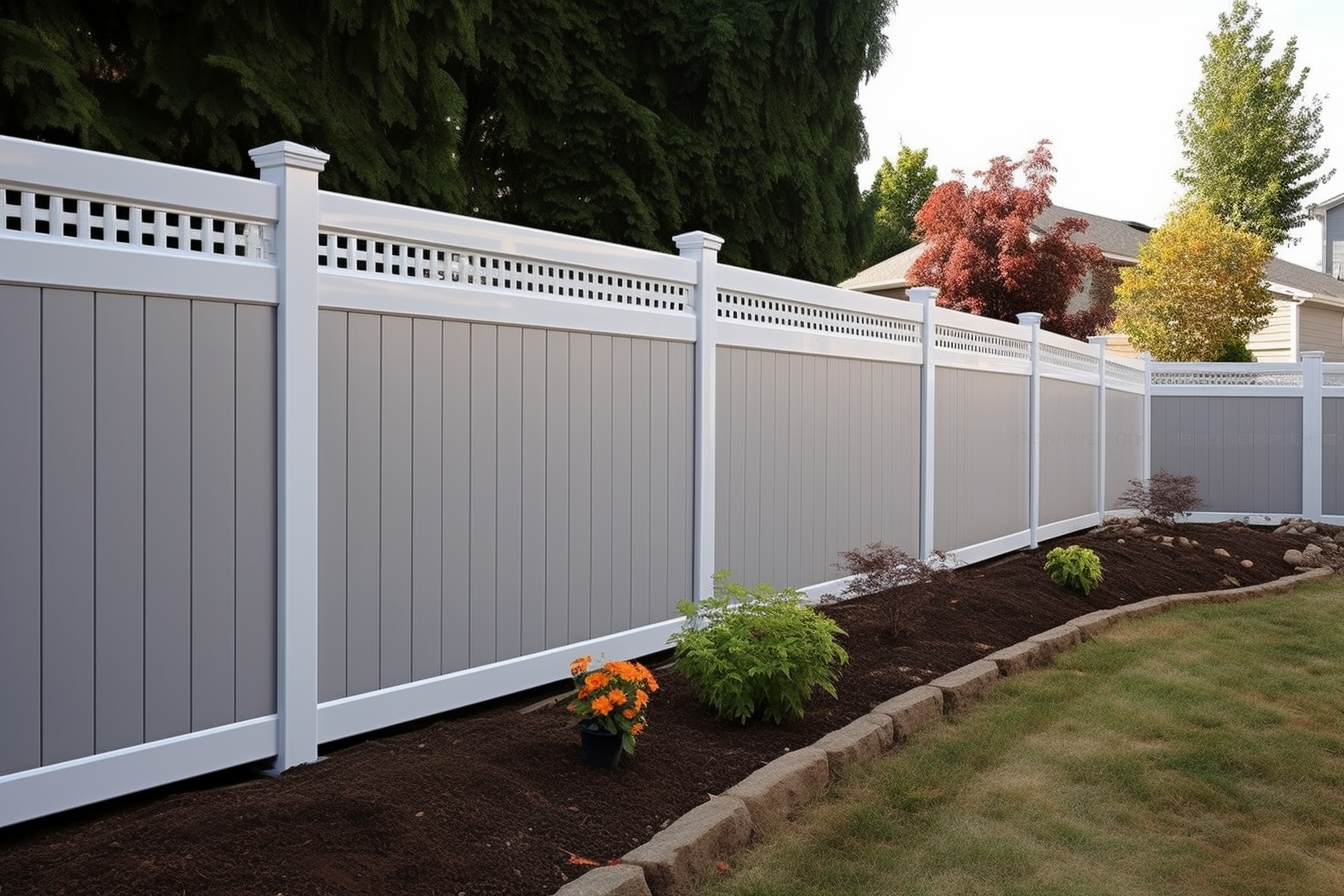Luxury Container Living in Canada 2025: Design, Sustainability & Climate Adaptations
Did you know that luxury container homes in Canada can be factory‑built to withstand harsh winters while offering upscale finishes? This guide outlines 2025 design trends, prefab modular techniques, sustainability measures, pricing frameworks, and climate‑specific engineering so you can evaluate options and plan responsibly.

What defines a luxury container home in Canada in 2025
Luxury container homes in Canada in 2025 are dwellings based on steel shipping containers that are modified to meet residential standards and finished to a high level, with engineered structures and high‑performance systems adapted to regional climate loads. They typically include: - Factory‑prefabricated modules (commonly using standardized 20’ or 40’ dimensions). - High‑quality interior fitouts (custom millwork, upgraded kitchens and bathrooms, enhanced acoustic and thermal treatments). - Exterior treatments that blend contemporary façades, green roofs, or photovoltaic arrays. - Design intent aimed at primary residences, vacation properties, or upscale rentals rather than temporary shelter.
These projects prioritize durability, flexible layouts, and conformity with local building codes rather than a single universal solution.
Design approaches: modular, light‑filled, and highly customizable
In 2025, design favors modular composition and maximizing daylight: - Standard container footprints are combined both horizontally and vertically to create open, light‑filled spaces. Vertical stacking increases usable square footage without expanding the site footprint. - Interiors are tailored for storage efficiency and multi‑use rooms—flexible partitions, built‑ins, and integrated systems are typical. - Exterior appearances frequently employ cladding, insulated panels, or secondary skins to improve thermal performance and soften the industrial aesthetic when desired. - Sustainable elements (green roofs, PV, rainwater capture) are integrated early to balance performance with appearance.
Architects and manufacturers increasingly use Building Information Modeling (BIM) and virtual reality walkthroughs to refine plans before factory production, minimizing costly on‑site revisions.
Prefab and modular construction methods in 2025
Prefabrication is central to the luxury container workflow: - Off‑site module fabrication in controlled environments yields consistent quality, faster schedules, and reduced on‑site waste. - Factory automation, CNC cutting, and integrated systems (plumbing, electrical runs, insulation panels) lower variability. - BIM coordinates engineering and permitting; VR enables clients to visualize and approve finishes before manufacture. - On‑site activities concentrate on foundations, module craning/assembly, utility hookups, and final envelopes and finishes.
Compared with conventional builds, this method shortens on‑site timelines and moves weather‑sensitive tasks into the factory.
Pricing framework and practical budgeting steps
Rather than fixed per‑square‑foot prices, luxury container projects in 2025 are typically discussed by module sizes and project scope. Common market footprints include: - Smaller accessible projects (~80 m²) often serve as secondary residences or compact primary homes. - Mid‑sized family options (~100 m²) balance living area and customization. - Larger high‑end builds (~140 m²) deliver more expansive layouts and luxury finishes.
Practical budgeting steps: - Request turnkey quotes with clear line items: container shells (new vs. refurbished), factory‑prefab module costs, site preparation, foundation type, utility hookups, permits, and finish level. - Require quotes that separate factory work from on‑site costs and include allowances for weather‑sealing, insulation upgrades, and HVAC sizing. - Compare a container‑based bid side‑by‑side with a conventional build for the same usable area to understand tradeoffs in schedule, waste, and finish quality. - Include contingencies for site access, crane mobilization, and any climate‑driven reinforcement.
Prices and availability vary by location, dealer, and project specifics—see the disclaimer at the end for verification guidance.
Sustainability features and responsible materials
Sustainability is often a key selling point for container homes: - Reusing maritime or purpose‑built containers supports circular‑economy principles and reduces embodied material needs compared with new stick construction. - Factory prefabrication reduces on‑site waste and improves material yield. - High‑performance insulation systems (spray foam, rigid continuous panels, or structural insulated panels) address thermal bridging inherent to steel shells. - Renewable energy integration (solar PV), battery storage, heat‑pump HVAC, and rainwater recovery systems are common upgrades. - Owners should request lifecycle data and embodied carbon estimates from builders to compare options.
Choosing recycled containers and specifying low‑impact interior materials can significantly improve lifecycle performance.
Extreme‑climate adaptations for Canadian conditions
Canada’s varied climates demand site‑specific engineering: - Structural reinforcement: containers are strengthened for added openings, stacked loads, and localized uplift/wind exposure. - Thermal envelope: continuous insulation strategies and careful detailing at seams, corners, and penetrations reduce heat loss and condensation risk. - Foundations: engineered foundations with frost‑protected shallow footings or piles address freeze‑thaw cycles and soil heave. - Weatherproofing: robust sealing, secondary cladding, and mechanical ventilation with heat recovery are important in cold, humid, or coastal locations. - Load design: wind and snow load calculations must be performed for coastal, alpine, and prairie sites.
Always require climate‑specific engineering and stamped drawings that confirm compliance with provincial and municipal load and thermal code requirements.
Performance verification and energy modeling
Energy modeling should guide decisions, not be an afterthought: - Formal thermal simulations and whole‑building energy models quantify expected heating loads, annual energy consumption, and HVAC sizing. - Peer‑reviewed research, such as the 2024 study “Energy Analysis of Standardized Shipping Containers for Housing” (Inventions, 2024), provides benchmarks for thermal behavior and retrofit strategies. - Ask bidders for modeled performance metrics: predicted annual energy use, airtightness targets (e.g., blower door goals), and how renewables will offset loads. - Plan for near‑zero or net‑zero upgrade pathways—adding insulation, higher‑efficiency heat pumps, or expanded PV arrays is easier when anticipated early.
Verification through modeling and third‑party testing reduces the risk of assemblies underperforming in extreme climates.
Choosing builders and assessing capabilities
Selecting the right builder is crucial for high‑end, climate‑adapted projects: - Shortlist manufacturers with proven experience in multi‑level modular work, frost‑protected foundations, and Canadian code compliance. - Request virtual or in‑person factory tours and BIM walkthroughs to evaluate quality controls and finishing capabilities. - Ask for references, warranty terms, and clarification on the division of factory vs. site responsibilities. - Confirm the builder’s methods for structural reinforcement, insulation strategies, and renewable integration.
Examples of Canada‑operating providers include specialized container firms that offer design consultation, weatherproofing, and modular expansion capabilities.
Regulatory, permitting and delivery practicalities
Prefab shortens on‑site time but does not eliminate regulatory requirements: - Obtain a site survey and confirm zoning allows residential container builds; some municipalities treat them like conventional dwellings, while others impose restrictions. - Secure stamped engineered drawings that reflect local seismic, wind, snow, and thermal requirements. - Clarify in the contract which party manages permits, utility connections, and inspections. - Plan logistics for module transport and crane access—remote or tight urban parcels may require additional planning and cost.
Early engagement with municipal planners helps avoid permit delays.
Market trends and long‑term adaptability in 2025
Trends in 2025 indicate growing acceptance of luxury container homes, driven by: - Faster delivery timelines enabled by advanced prefab methods. - Consumer demand for sustainable, adaptable housing solutions. - Modularity that enables future expansion, reconfiguration, or relocation of units.
When planning, select standardized module footprints, modular connections, and keep updated as‑built BIM files to simplify future expansions or resale.
Conclusion
Luxury container homes in Canada in 2025 present an attractive mix of modular manufacturing, sustainable choices, and engineered resilience for extreme climates. Success depends on integrated design, verified energy performance, climate‑specific engineering, and transparent budgets. Consumers should compare detailed line‑item quotes, require energy modeling, and confirm local code compliance before committing.
Sources
- Container Homes BC — Shipping Container Homes: services and design approach (containerhomesbc.ca/shipping-container-homes/)
- Fariña, E. A., Panait, M., Lago‑Cabo, J. M., & Fernández‑González, R. (2024). Energy Analysis of Standardized Shipping Containers for Housing. Inventions, 9(5), 106. https://doi.org/10.3390/inventions9050106
Disclaimer: Prices, financing, and availability for container homes vary by region, dealer, and project scope. Readers should verify current pricing, lead times, and local regulations with qualified local builders or dealers before making decisions.




